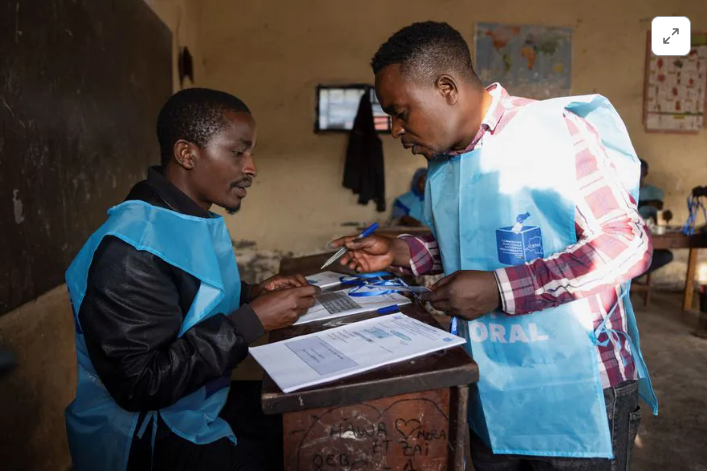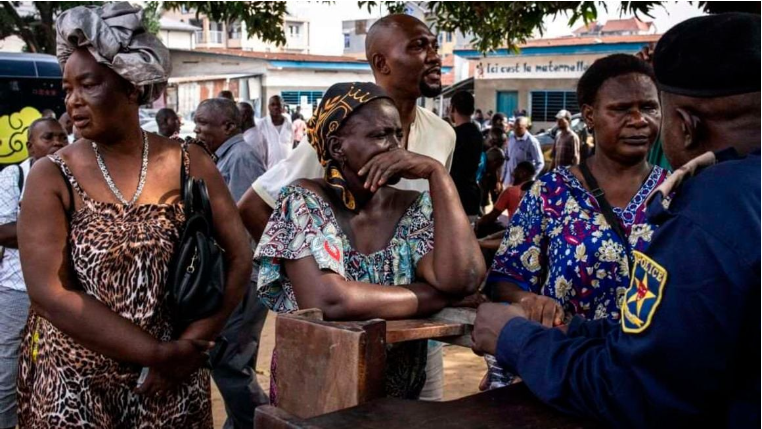BY HENRY MARETE – The Central Bank of Kenya is in the process of carrying out a demonetization exercise that will see some 217 million pieces of the old Ksh.1,000 – denominated banknotes (cumulatively valued at Ksh.217 billion which makes up about 83% of the total Ksh.540 billion shillings worth of notes currently circulating within the economy), replaced with new generation notes in line with dictates of the 2010 Constitution.
The old notes are supposed to be surrendered to CBK, which regulates currency circulation on behalf of the Kenya Government, and will cease to be recognized as legal currency with effect from the 1st of October, according to a Gazette notice issued by CBK dated 31st of May, 2019.
The rest of the old generation banknotes, which comes in Ksh.50, 100, 200 and 500 denominations, are also being mopped out and replaced with new notes, and will similarly become worthless pieces of paper on diverse, subsequent dates.
But, question; – what happens to the old notes, now worthless currency once they are collected by the Central Bank of Kenya?
Well, according CBK insiders who spoke to the Star Newspaper recently, once all the notes are received at various CBK branches across the country, they will be transported in heavily guarded trucks to the bank’s headquarters in Nairobi, verified and stored in a deoxygenated room.
Shortly thereafter, they will be taken to a location in Nairobi’s Kariobangi North area, cut into finer shreds and simply burnt into ashes, in the open, under the close watch of armed police officers.
“It is a rigorous process which leaves no room for someone to think of keeping some in his or her pockets. Just like any other monies that are received at CBK, they are all under tight security,” the CBK source told the Star.
This is not the first time Kenya has had phase out currency notes, Kenyans will recall that in the not-so distant past Ksh.5, 10 and 20 – denominations were circulating in the economy.
However, it is the first time all currency notes are having to be changed, because of a constitutional requirement stating that Kenyan currency shall not bear the image of an individual.
Neither is Kenya the only country in the world to have carried out the exercise in recent years. In 2016, India recalled all Rs (Rupees) 500 and 1,000 notes that were in circulation and phased them out.
What happened to the old currency in India?
According to an article carried in India’s Hindustan Times on the 2nd of December 2016, the entire stock of Rs 500 and Rs 1,000 notes collected during India’s demonetization drive were shredded by the Reserve Bank of India and the by-product converted into cardboards, stationery items and souvenirs in a factory based in Lucknow (located in India’s Uttar Pradesh state)!
On November 8, Prime Minister Narendra Modi announced invalidation of Rs 500 and Rs 1,000 notes and the very next day, people started making long queues outside banks to deposit the old currency, a move that was partly aimed at curbing widespread currency counterfeiting and money laundering in India, the world’s 6th largest economy and second most populous nation on earth, with a population of more than 1.3 billion persons.
According to the newspaper report, all of the demonetized currency received at the Reserve Bank of India from its more than 13,000 branches first underwent currency verification and processing systems. The notes were then transferred to shredding and briquetting system, where they were converted into small strips and compressed into thick briquettes of different sizes. The entire process was computerized.
The briquettes (compressed blocks) were then lifted by a vendor from the Reserve Bank to a paper manufacturing factory, where, after mixing with chemicals they were converted into paper pulp which was then used to make cardboards, brown paper, egg trays and other stationery items.
According to the Reserve bank of India, this was a new, environment – friendly way of disposing old currency notes as opposed to the previous practice, when they were incinerated with adverse effects environment.
Additionally, the various products made from the shredded old notes are useful to the population and could, in fact, generate more cash!
Talk of creativity at its best!
Well, given that Kenya is a relatively small economy relative to India and its stock of old currency being withdrawn may not generate the required economies of scale to warrant a similar method of disposing, at least the Central Bank of Kenya can draw lessons from the Indian experience based solely on environmental concerns.













